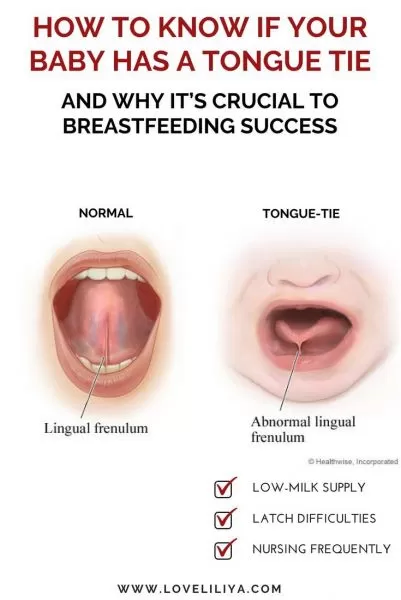
FAQ Topic
What Makes a Tongue Tied?
 "Tongue-tie" is a layman's term for abnormally short lingual frenum. There are a few examples of tethered embryonic tissues found to be present in childhood and adulthood - but tongue-tie is one of the most common. A few classification scales exist to identify the depth and complexity of a tongue, lip or cheek tie. Email or call us today for an evaluation!
"Tongue-tie" is a layman's term for abnormally short lingual frenum. There are a few examples of tethered embryonic tissues found to be present in childhood and adulthood - but tongue-tie is one of the most common. A few classification scales exist to identify the depth and complexity of a tongue, lip or cheek tie. Email or call us today for an evaluation!Tethered oral tissues as described above can interfere with breast-feeding and proper craniofacial growth and development. The tie is considered an embryological remnant of tissue in the developing body, resulting in tight fascia and restricted function. These restrictions often lead to muscle compensations, fatigue and soreness over time.
Other forms of myofascial restriction can be treated by physical therapy, rolfing, or cranio-sacral therapy. Lip, cheek and tongue ties are best treated by functional frenuloplasty with a highly trained ENT or specializing Dentist. Skilled Cranio-Sacral Therapists, Lactation Specialists & Myofunctional Therapists can often treat infant tongue, lip and cheek ties very successfully if caught early on.
